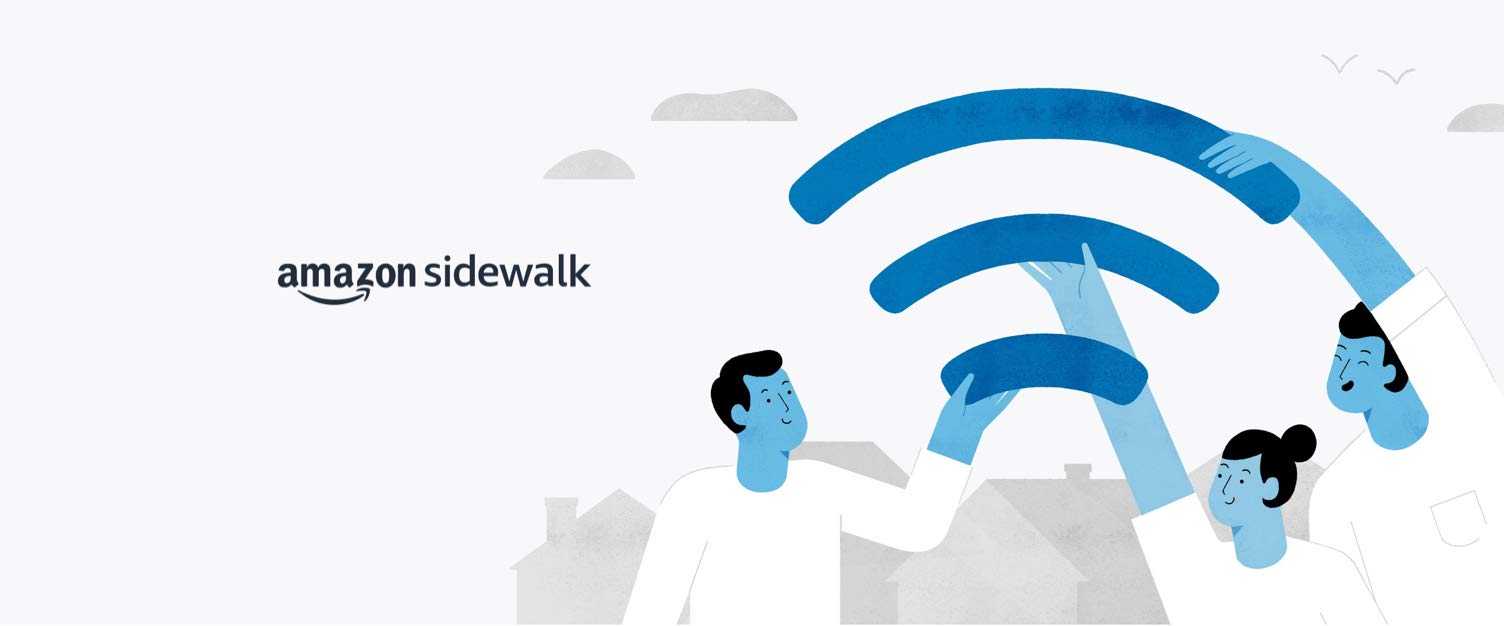June 2022 was an eventful month, bringing record temperatures, market corrections, and hotly debated political changes. For purchasers of Amazon’s Ring and Echo products, June also brought the activation of Amazon’s Sidewalk network – a neighborhood mesh network that uses Amazon’s Ring Floodlight Cams and Ring Spotlight Cams, typically positioned outside the home facing the street or backyard, and Echo Dots and Echo Shows, to act as signal transmitters to the neighborhood.
Sidewalk transmits in a low-bandwidth 900-megahertz spectrum to reach other Amazon devices which may be “on the move” in the neighborhood. These devices include pet trackers, tile tracking tags, and the Ring Car Alarm. Amazon began offering its Sidewalk features as a default setting in its Ring Floodlight and Spotlight Cams starting on June 8, 2022.
“Creating a neighborhood mesh network that works when one’s device is out of range of Wi-Fi, and works with low-power devices that don’t have a 5G connection, makes sense for denser communities of people with Amazon products, and certainly provides a competitive advantage to Amazon,” said Stuart Sikes, SVP at Interpret. “If Amazon succeeds in creating adequate coverage for neighborhoods, other smart home device makers will want access to Sidewalk in order to prevent ‘gaps’ in coverage.”
Owners of Ring and Echo devices, however, may have reservations about providing a free service to the neighborhood, or about their neighbors’ devices transmitting data through their devices (known as “Sidewalk bridges” in Amazon speak). These owners may simply opt out of providing Sidewalk bandwidth from their devices. While Amazon has provided information about the security and privacy of data transmitted across bridge devices, many consumers are likely to feel uneasy about turning their home devices into a neighborhood utility.
Interpret’s Smart Home Matrix™ research finds that 15% of all smart home product owners cite connectivity issues as a top concern when purchasing other smart home products. While Sidewalk may help to alleviate this problem in some cases, Interpret’s same research shows that 20% of smart home product owners have concerns over data privacy or security, the second highest concern behind product affordability. Amazon and Ring will have to continue to convince product owners that their bridge devices do not open their homes to any additional vulnerabilities.




